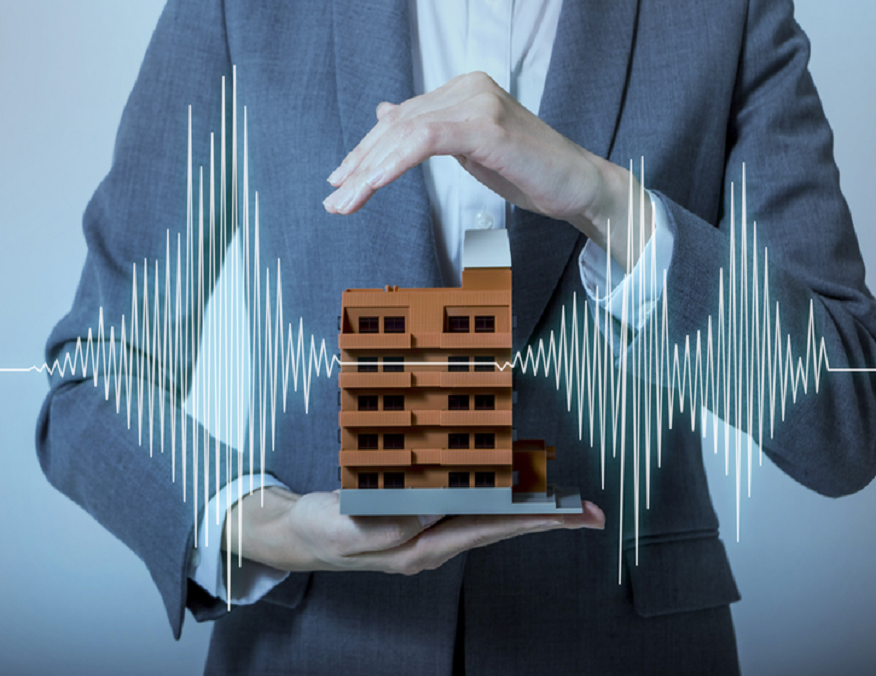Earthquakes come with a lot of destructive forces and can cause damage to life and property. Huge buildings and monuments often collapse during severe earthquakes and are therefore a huge threat to mankind. The main reason behind such destruction is poor construction.
Over a few decades, engineers and architects have introduced new ways or designs of constructing an earthquake proof building so that they become better equipped to withstand natural phenomena like earthquakes. The article will focus on bringing forward the various ways by which a proper earthquake proof building can be constructed.
- Construction of base isolation: Base isolation is a way of lifting the building’s foundation above the Earth. In this way, a building is constructed on top of flexible pads made of steel, rubber and lead. When the base moves during an earthquake, only the isolators vibrate and the structure remains steady. This is a way of absorbing seismic waves and preventing them from travelling through the whole building. Proper attention should be paid to this aspect in order to ensure the safety of the people in the near future.
- Installation of shock absorbers: A few people are familiar with the method of absorbing shocks through shock absorbers. These shock absorbers are also used in cars and engineers have developed a way to use them in buildings to reduce the absorption of shock waves as much as possible. This is an important thing that should be discussed with the engineer to construct an earthquake proof building. This procedure is done by using vibration control devices or through pendulum power. In the case of vibration control devices, dampers are placed between columns and beams of a building and each damper consists of a piston head placed inside a cylinder with silicone oil. The vibrations are absorbed by these pistons and this helps in reducing vibration. And in the pendulum power process, a ball is suspended from steel cables which are connected to a hydraulic system at the top of the building. During an earthquake when the building shakes, the pendulum moves in the opposite direction to keep the building stable.
- Strengthening the construction’s structure: This is another way of constructing an earthquake proof building. Usage of cross braces and shear walls should be done which will reduce the vibration of the building during an earthquake. Shear walls help in reducing the chances of cracks and they are made to hold up compression. Diaphragms should also be installed to ensure the proper strength of a building. They help in the reduction of push forces to the building’s vertical fabric. Moreover, new materials like shape memory alloy have come up which comes with the ability to reduce extreme tension. These materials are crucial in order to create an earthquake proof building.
- Use of earthquake resistant materials: During the construction of an earthquake proof building, materials like structural steel, wood etc. should be used. Buildings constructed with structural steel are bendable and do not break. Wood is another material which contains high strength and is also lightweight at the same time. This is one of the materials that have been used in buildings for decades.
Conclusion
Earthquakes can leave quite a devastating after-effect. Thus, it is necessary to ensure that buildings need to be designed in such a way that not only helps in minimizing damage but also helps in preserving life. It is evident that any way of constructing a building is not 100% safe. But, with the advancement of technology, the destruction caused by earthquakes has been reduced to a higher extent which ultimately ensures the safety of the people residing in a building.




